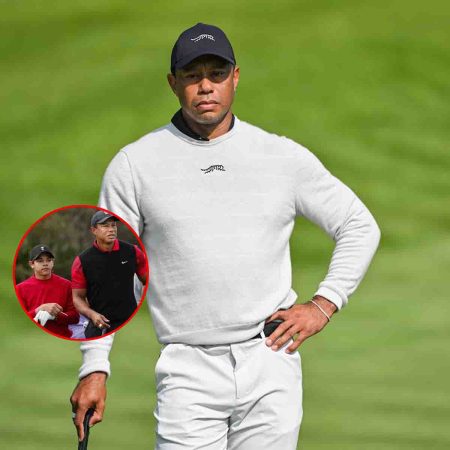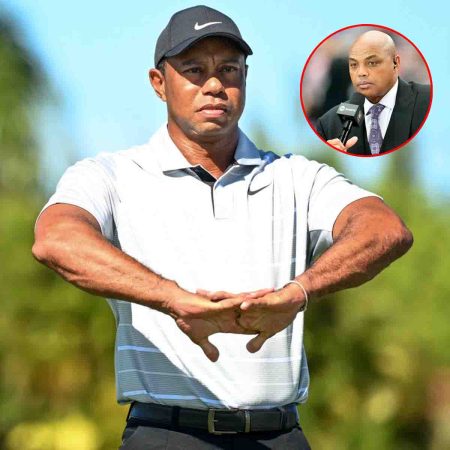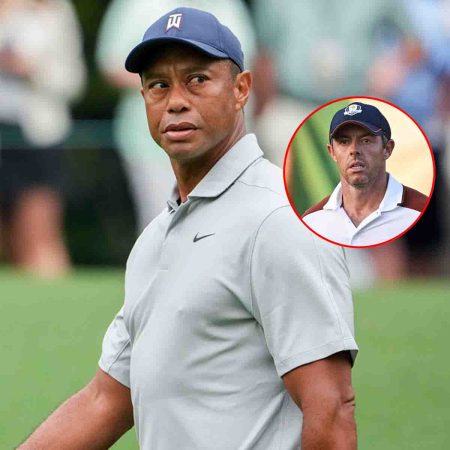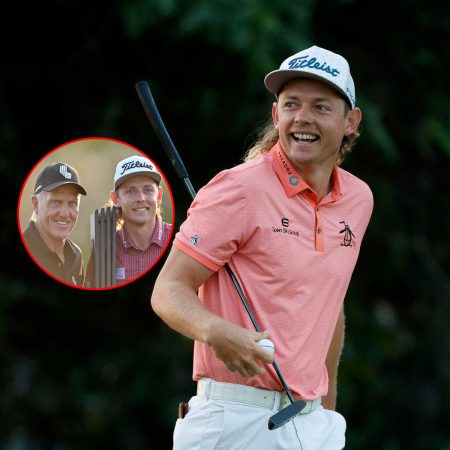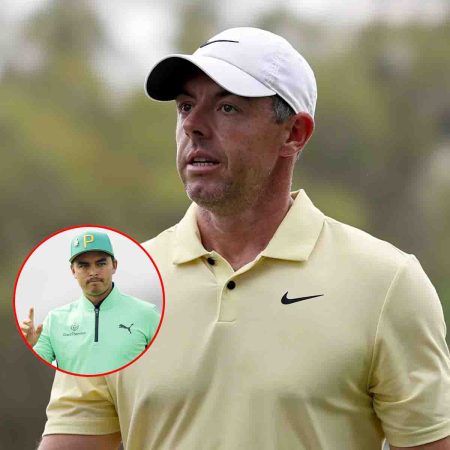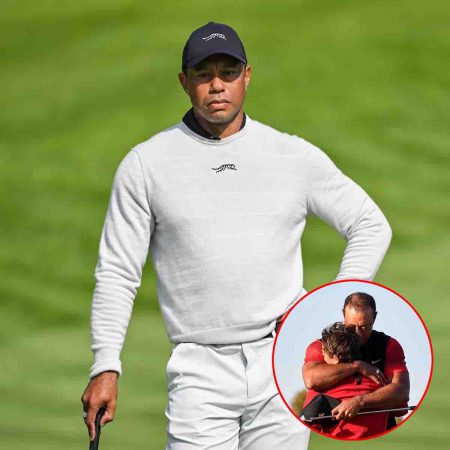The Chicago Bulls were coming off of a three-peat and had the best overall player in the league. The issue was that the player decided that he was no longer going to play in the NBA. After the tragic death of his father, Michael Jordan decided that he was going to retire from professional basketball and pursue a career in baseball. Due to those dreams, the Bulls entered the season without the reigning three-time Finals MVP winner.
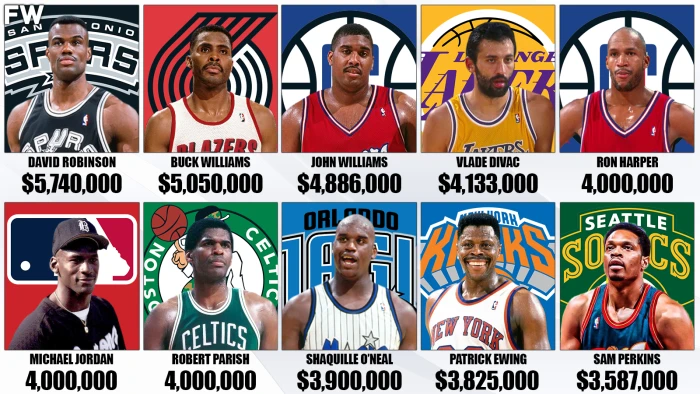
Jordan was one of the highest-paid players towards the end of the 90s, making as much as $30 million or more in two seasons. His play spoke for itself. The issue with a business is when you are paying a player a top-10 salary, and he doesn’t even play. Jordan missed the entire 1993-94 season as he played in the Chicago White Sox farm system. Among other players, Jordan was the only absentee from the season. There were plenty of other household names among the highest-paid players for the 1993-94 season.
Check out the list from 35th to 11th highest-paid players in the 1993-94 season, according to HoopsHype.
35. Larry Nance $2,844,000
34. Stanley Roberts $2,841,000
33. Chris Mullin $2,844,000
32. Mark Price $2,850,000
31. Jon Koncak $2,900,000
30. Kenny Anderson $2,925,000
29. Jerome Kersey $2,940,000
28. Dan Majerle $2,975,000
27. Dikembe Mutombo $3,000,000
26. Reggie Miller $3,011,000
25. Ron Esikaly $3,057,000
24. Scottie Pippen $3,075,000
23. Karl Malone $3,081,000
22. Alonzo Mourning $3,120,000
21. Larry Johnson $3,125,000
20. Hakeem Olajuwon $3,170,000
19. Sam Bowie $3,200,000
17T. Danny Manning $3,250,000
17T. Charles Barkley $3,250,000
16. Tim Hardaway $3,340,000
15. Derrick Coleman $3,440,000
14. Dominque Wilkins $3,500,000
13. Brad Daugherty $3,541,000
12. Danny Ferry $3,543,000
11. Benoit Benjamin $3,575,000
Now it’s time to see the top-10 highest-paid players for the 1993-94 season.
10. Sam Perkins ($3,587,000)
2022-23 Equivalent: $7,360,578
Perkins was getting a top-10 salary but didn’t provide anything too flashy for the Seattle SuperSonics. Perkins averaged 12.3 points, 4.5 rebounds, and shot 36.7% from three-point range. This was his second season with the franchise, where he spent six seasons. By the 1995-96 season, Perkins got to enjoy an appearance in the NBA Finals, but for now, this is just another year.
Three-point shooting was his highlight as his 99 3-point field goals cracked the top 20 in the league. He also played in 81 games, where he averaged 26.8 minutes per game. Overall, a top-10 salary didn’t yield the type of results you would think this salary would yield.
9. Patrick Ewing ($3,825,000)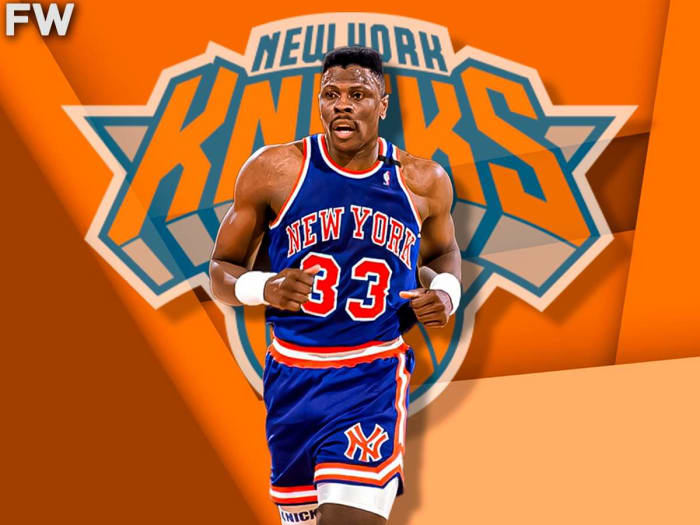
Credit: Fadeaway World
2022-23 Equivalent: $7,848,958
Ewing was a familiar face in the top 10 for salaries during his NBA career. There were times when he pushed for the top spot as well. This year, he ranked near the lower end of the salaries but he remained a productive player. Ewing averaged 24.5 points, 11.2 rebounds, and 2.7 blocks per game. Defensively, Ewing was the top-rated player in the league.
On both sides, Ewing gave the Knicks production. His 1,939 points were just off from joining the four players that scored 2,000 for the season. Ewing’s scoring average ranked sixth. His total rebounds ranked eighth, while his rebounding average was 10th. His blocks were seventh on average, but his 217 blocks made him one of five players to finish with at least 200 blocks for the season. With Ewing leading the way, the Knicks made a run to the NBA Finals.
8. Shaquille O’Neal ($3,900,000)
Credit: RVR Photos-USA TODAY Sports
2022-23 Equivalent: $8,002,859
The third overall season for the No. 1 overall pick from the 1992 NBA Draft fared well. O’Neal looked like he was going to win the MVP at one point. In 79 games, O’Neal averaged 29.3 points, 11.4 rebounds, 2.7 assists, and 2.4 blocks per game. O’Neal nearly won the scoring title but finished runner-up. He was six points away from winning the total points crown and 0.6 points per game from the scoring title.
The trend stayed the same for his rebounding, where he also finished runner-up there as well. O’Neal was one of two players to finish with at least 1,000 rebounds for the season. O’Neal also finished fourth in total blocks and sixth in the average. Shooting 59.9% from the field, O’Neal led the league in field-goal percentage. He also led the league in 2-point field goal percentage (60.0%), effective field goal percentage (59.9%), field goals (953), and 2-point field goals (953). We call this an absolute bargain deal.
5T. Robert Parish (4,000,000)
Credit: USA TODAY Sports
2022-23 Equivalent: $8,208,060
The backend of Parish’s career did not feature major contributions to teams. He won a title with the Bulls in 1997-96 during his final year, but the 1993-94 season seemed like the start of the decline. This season was the last time Parish averaged at least 20 minutes per game. His 26.9 minutes were played in 74 games where he averaged 11.7 points, 7.3 rebounds, and 1.3 blocks.
This was also the final season for Parish to play for the Celtics. A career that began in 1976, Parish joined the Celtics in 1980 and played a vital role in the dynasty years that featured three championships. Parish might have been getting paid like a top-10 player, but he had given this franchise plenty to receive that backend bonus.
5T. Michael Jordan (4,000,000)
Credit: VJ Lovero-USA TODAY Sports
2022-23 Equivalent: $8,208,060
Jordan was coming off a season where he averaged 32.3 points, 6.7 rebounds, 5.5 assists, 2.8 steals, and 0.8 blocks for the Chicago Bulls. Jordan also shot 49.5% from the field and 35.2% from three-point range. He came up just short of Charles Barkley in the MVP race, but he won the Finals MVP after capturing the three-peat. Then, Michael Jordan shocked the world of sports, decided to retire from the NBA, and took a path toward playing professional baseball. He signed a contract with the Chicago White Sox and played for their minor league affiliate Birmingham Barons.
Jordan was away from the Bulls for about a year and a half. Any good business would tell you that paying top dollar for nothing in return is not good business. Jordan was the fifth-highest-paid player for a season that he didn’t play. That begs the question. Would you take three straight NBA championships if it meant that you would pay a significant amount of money for one season with nothing in return?
5T. Ron Harper (4,000,000)

Credit: Fadeaway World
2022-23 Equivalent: $8,208,060
A future teammate of Jordan and Pippen, Harper was playing in the final year of his deal with the Clippers. It was one of his best overall seasons, where Harper averaged 20.1 points, 6.1 rebounds, 4.6 assists, 1.9 steals, and 0.7 blocks. Harper averaged 38.1 minutes of action. It shows how much of a new role Harper took during the dynasty years with the Bulls, as his numbers during the three-peat years never exceeded 7.4 points per game.
When Harper was one of the primary players depended on, he made the best of it. His points were 18th in total and 15th on average. His total steals were 17th, and his average was 13th in the league. Durability-wise, his minutes were 10th overall. These are okay numbers, probably not top-5 in salary type. Throw into the fact that the Clippers were 27-55 overall, the silver lining is that Harper got his money.
4. Vlade Divac ($4,133,000)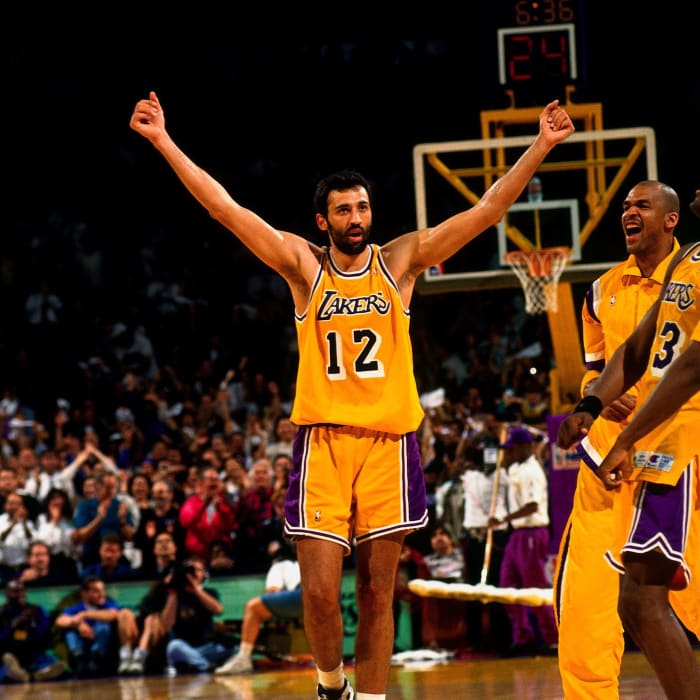
Credit: Silver Screen And Roll/SB Nation
2022-23 Equivalent: $8,480,978
Divac was drafted by the Lakers in 1989 as a late first-round pick. He grew into a dependable player around the rim. The 1993-94 season was Divac’s first career season, where he averaged a double-double. Divac averaged 14.2 points, 10.8 rebounds, and an additional 1.4 blocks per game. It was also the first season he shot at least 50% from the field (50.6%).
Rebounding was his best feature for the Lakers. Divac was 12th in total rebounds, rebounds per game, and offensive rebounds. He also ranked 13th in defensive rebounds. Meanwhile, his total blocks (19th) and blocks per game (18th) cracked the top 10. Similar to Harper, these are solid numbers but not top-4 in salary type of numbers. Hakeem Olajuwon, Dominique Wilkins, and Karl Malone all had better overall seasons, and their names are nowhere on this list.
3. John Williams ($4,886,000)

Credit: Fadeaway World
2022-23 Equivalent: $10,026,145
The horrid trend of unfortunate contracts continued with John Williams. Williams didn’t have the career he wanted. His best season was when he averaged 13.7 points and 7.0 rebounds in 82 games with the Wizards in 1988-89. Various injuries plagued him from 1989-90. His first season back in 1992-93 saw him play at least 20 minutes per game, but he was not the same player.
After 34 games with the Pacers in 1994-95, Williams left the league and never returned. In business, we call this a sunk cost, even though it was an unfortunate situation that happened to Williams.
2. Buck Williams ($5,050,000)

Credit: Fadeaway World
2022-23 Equivalent: $10,362,676
How much is rebounding worth to you? For the first time in his Portland career, he averaged at least 10 rebounds a game. Williams just missed the double-double when he averaged 9.7 points and 10.4 rebounds in 32.5 minutes per game in 81 contests. Williams ranked 14th in total rebounds, 16th in rebounds per game, and 17th in defensive rebounds but was the fifth-best offensive rebounder, trailing the likes of Dennis Rodman, Shaquille O’Neal, and Charles Oakley.
While it is great that Williams was a top rebounder in the league, does that justify getting paid the second-most money in the NBA? When Portland made the NBA Finals in 1992, Williams was a vital part of that team. With that said, it’s our job to measure production for the contract. This doesn’t seem like it should justify a situation of being one of three players getting at least $10 million if this league was in our era.
1. David Robinson ($5,740,000)
Credit: Porter Binks-USA TODAY Network
2022-23 Equivalent: $11,778,567
The one contract that felt right was the one at the top. The Spurs were fine with paying Robinson the most money in the league, and he gave the team exactly what you would want back on the investment. Robinson led the league in total points (2,383), points per game (29.8), free throws (693), free throw attempts (925), player efficiency rating (30.7), for shares (20.0), offensive win shares (13.3), win shares per 48 minutes (.296), box plus/minus (11.9), offensive box plus/minus (8.1), value over a replacement player (11.4), and usage percentage (32.0%).
While nearly sweeping all of the advanced metrics, Robinson’s rebounds were all in the top 20, with his defensive rebounding being the highest at ninth best. Robinson cracked into the top 20 for steals (18th). Defensively, Robinson finished with the third-most blocks and third-best blocks per game average. His 840 field goals made was third, trailing O’Neal and Olajuwon. At the end of the year, Robinson was the runner-up in the MVP voting to Olajuwon after averaging 29.8 points, 10.7 rebounds, 4.8 assists, 1.7 steals, and 3.3 blocks per game. The top-paid player is supposed to be the best. Robinson played one of the best this season, so you can best believe the Spurs were happy about this investment.
Source: fadeawayworld



